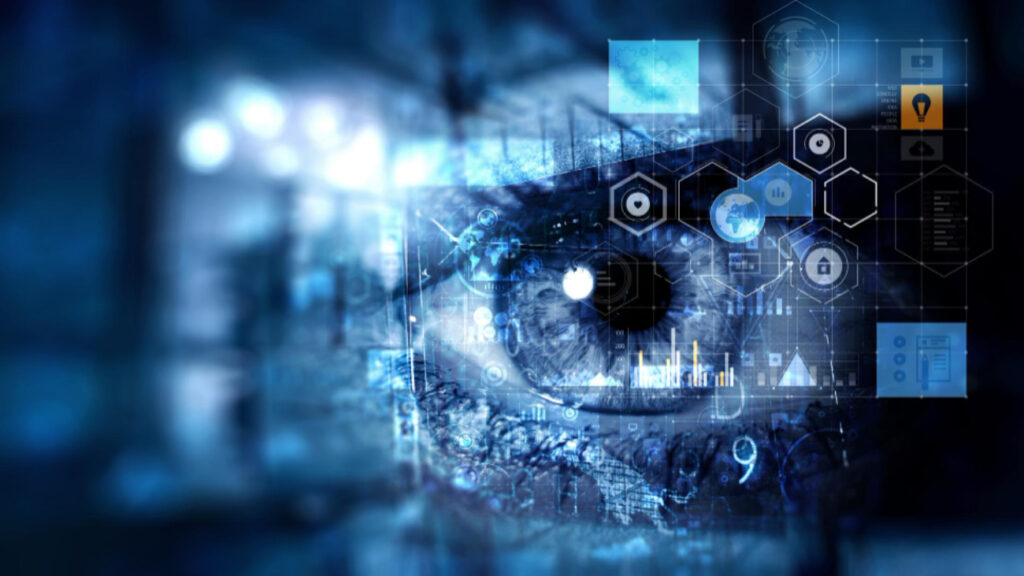Biometric authentication is a popular form of security. It leverages the unique physical and behavioral characteristics of people to verify their identity. The most common types of biometric authentication are fingerprints and facial recognition; however, there are a variety of other forms including voice recognition, veins, and retinal scans. But which type is best? Let’s take a look at the differences between them.
Fingerprints
Fingerprint authentication has been around for some time and is still one of the most popular forms of biometric identification. Fingerprints are relatively easy to use, requiring only a simple scan or swipe across a reader. They are also extremely accurate, as each individual’s fingerprint pattern is unique and difficult to replicate. However, fingerprint readers can be expensive to purchase and maintain, making them less accessible for smaller businesses or organizations without large budgets.
For example, a few years ago, OnePlus released a flagship smartphone with a Face Unlock feature that could be tricked by holding up a 2D printout of the registered user’s face. Similarly, some fingerprint scanning systems can also be fooled in this way. Last year at DEFCON (a virtual security conference), it was detailed how one researcher could trick several different fingerprint authentication systems using a 3D-printed replica of someone’s real fingerprint.
Facial Recognition
Facial recognition involves using software to analyze images or videos of someone’s face to identify them. This technology relies on identifying distinct features such as the shape, size, and structure of an individual’s face to determine who they are. This form of authentication is becoming increasingly popular due to its low cost and ease of use; many smartphones now come with built-in facial recognition capabilities as an added security layer. However, this type can be less accurate than other forms if the person’s face changes significantly over time (for example, due to aging or weight gain).
Voice Recognition
Voice recognition uses sound waves from an individual’s voice to authenticate their identity. This method requires audio recordings from users in order for them to be recognized by the system. Users must also repeat phrases out loud in order for their voice patterns to be accurately identified by the system. While this method can provide strong security, it can also be vulnerable to attackers who can record voices without permission in order to bypass security measures. As such, it may not be suitable for all situations requiring high levels of security.
3. Vein Scans & Retinal Scans
Vein scans & retinal scans use infrared light beams directed toward an individual’s eyes or veins to capture information. These patterns are then used as a means for identification & access control purposes. At the same time, these methods provide strong security that is difficult for attackers to bypass given that they rely on highly unique features found within individuals’ bodies. They tend to be quite costly due to both their complexity & technical requirements needed for implementation & maintenance purposes. This makes them more suitable for larger organizations with bigger budgets rather than small businesses or individuals with limited resources at hand.
All biometric authentications have pros and cons depending on your budget and security needs. For example, fingerprints offer accuracy but may require higher maintenance costs. Facial recognition is cheaper but may only sometimes provide accurate results if your face changes over time (due to aging, etc.). Ultimately you must choose the right type based on your specific needs so that you get the best value out of any biometric authentication solution available!
The article has been published by the editorial board of the Identity Herald. For more
information please visit www.identityherald.com




